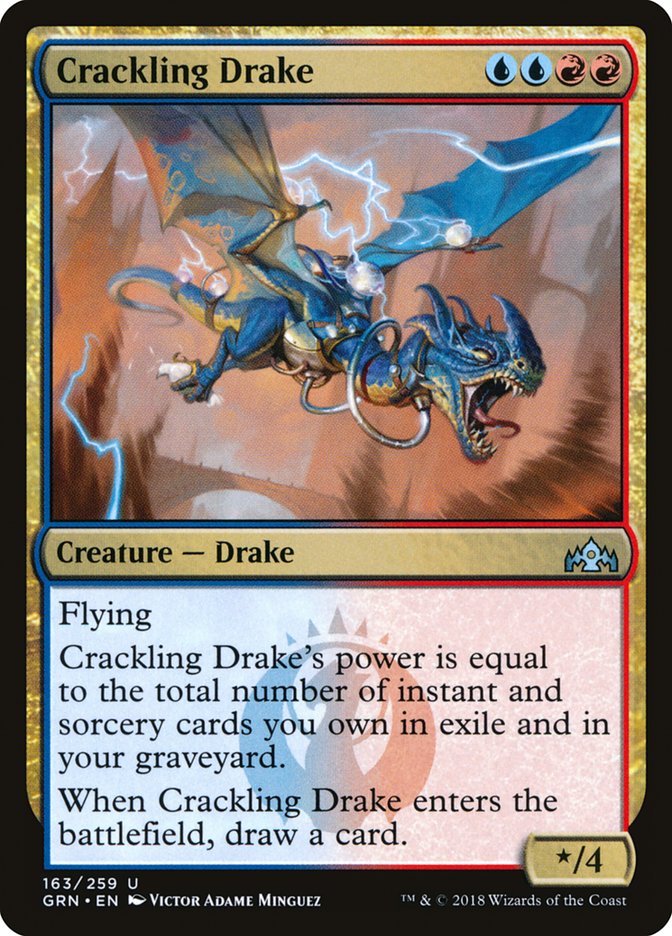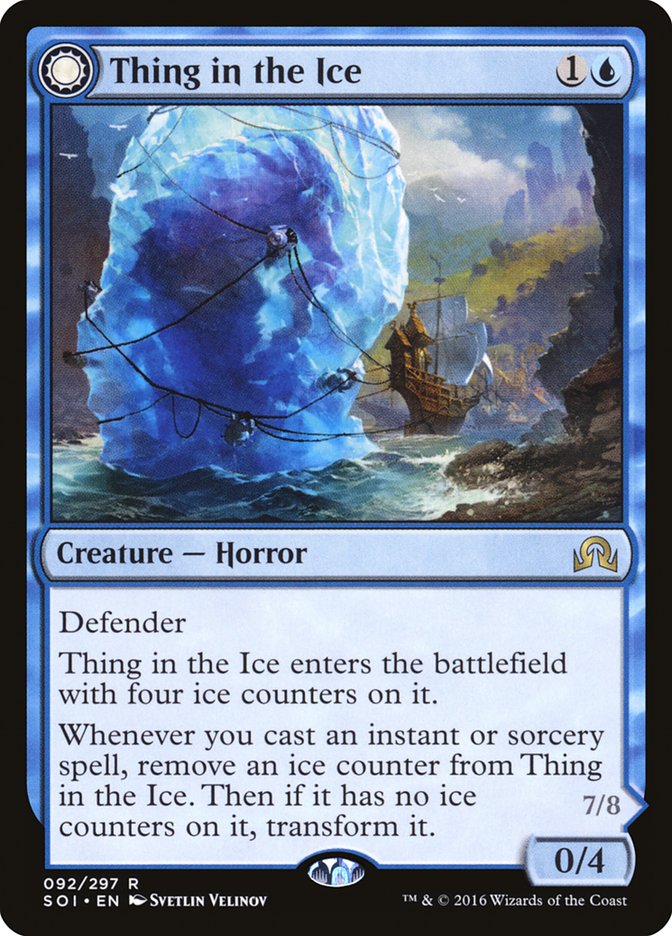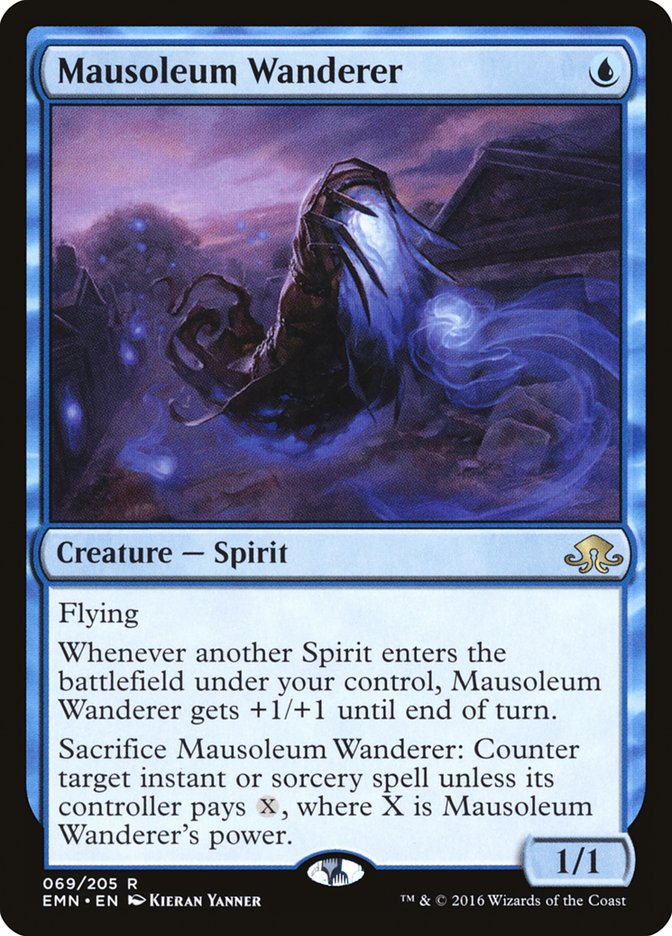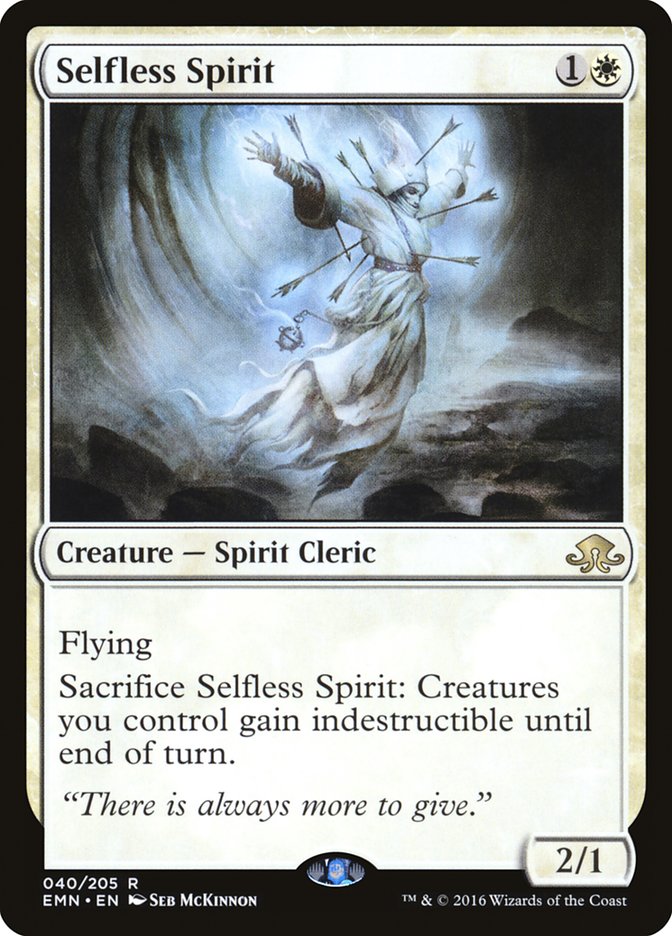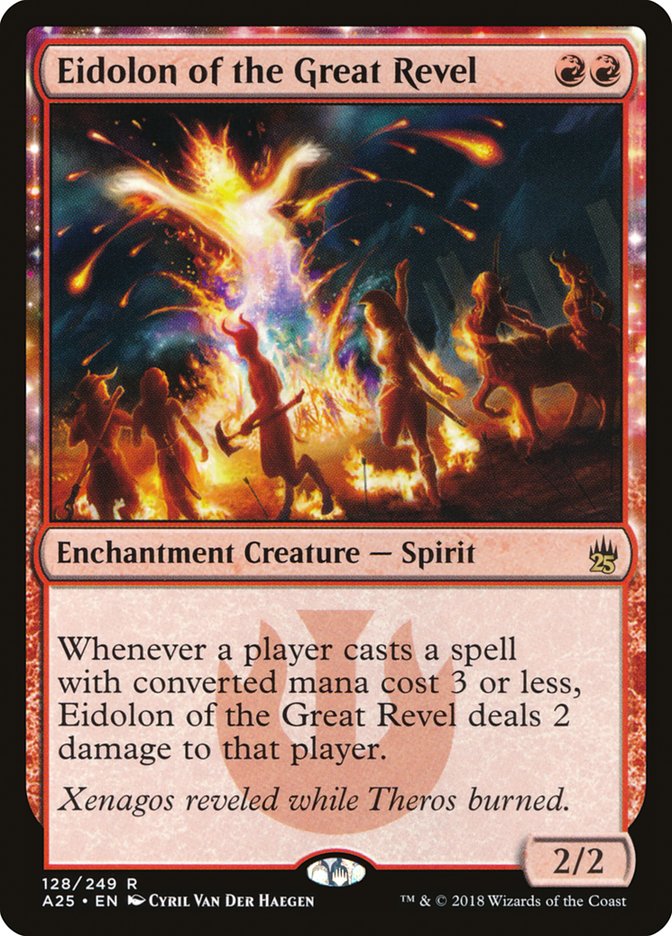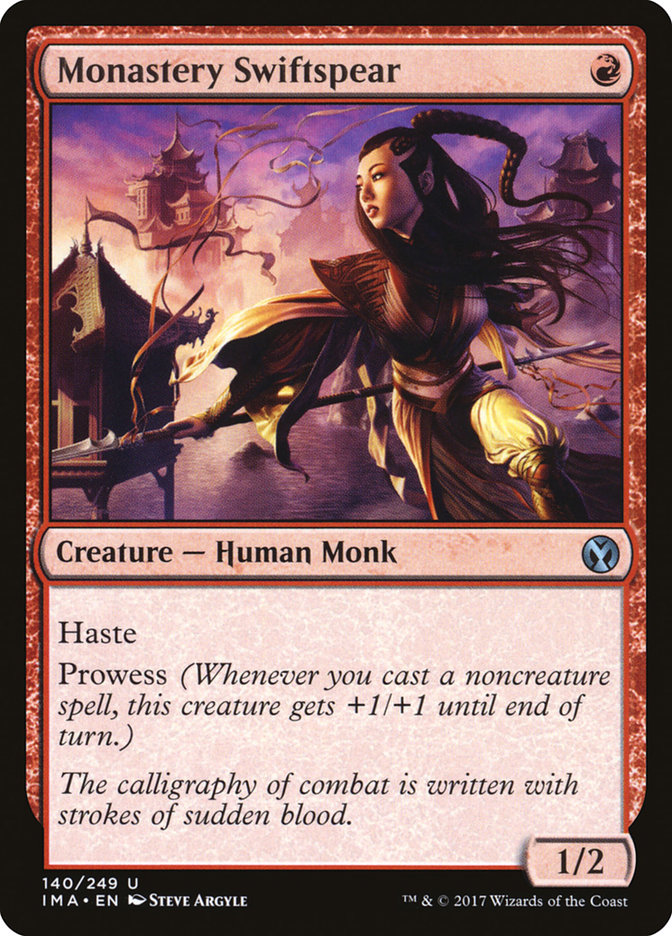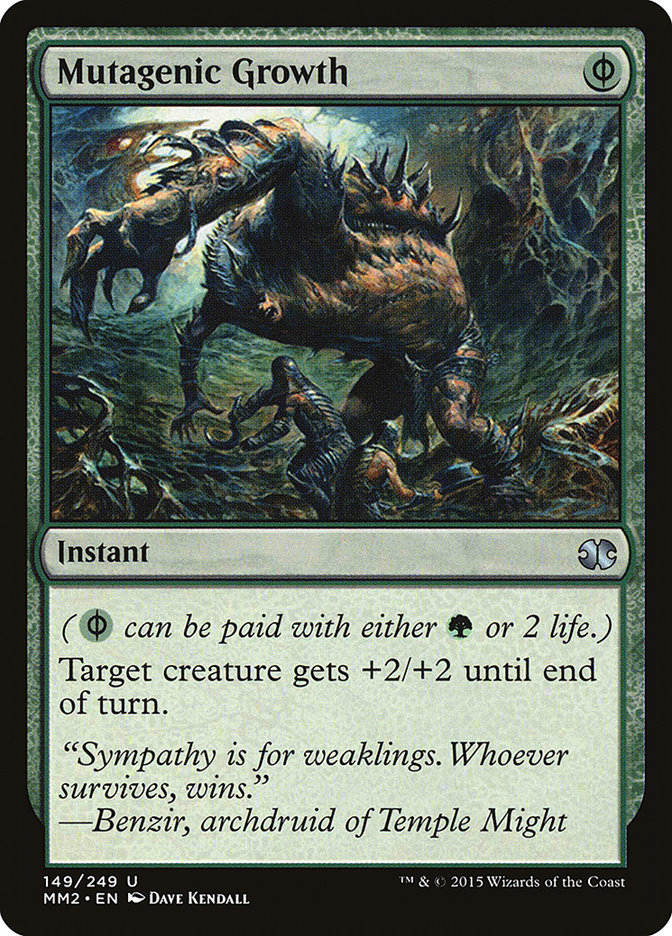It’s been over a month now since I first unleashed Crackling Drake in Modern and the results have been better than I could’ve imagined. Izzet Phoenix not only brought me my best individual results of the year but has become a top contender in the Modern metagame, an accomplishment that I take great pride in.
You see, I mostly view myself as a follower when it comes to Magic. I don’t try to innovate very often, opting simply to read metagame trends, pick good decks, and tune them appropriately. It’s not a particularly flashy way of playing Magic, but it’s an effective one. Sometimes I get on a deck earlier than many others, such as with Elves in Legacy and Dredge in Modern, but the heavy lifting of building the shell has already been done so I can get down to the serious business of fretting over the last sideboard card and which basic lands look best with the deck.
For the most part, my venture into Izzet Phoenix followed a similar path. The deck existed for weeks before I caught wind of it. I had been content to play Dredge until the sideboard hate rose to untenable levels. I made one significant innovation after recognizing that Thing in the Ice was a powerful and well-positioned card in the metagame and that was that.
But now comes the true test: countering the inevitable reaction against Izzet Phoenix from the rest of the metagame. When you get on a deck that’s ahead of the metagame, there’s a small window of time when you get to reap the rewards of being under the radar, but the only way that period lasts is if your deck wasn’t that good in the first place, and in order to stay ahead, you have to anticipate the change in the metagame and react appropriately.
Unfortunately, the holiday season is well-known as a lull in the Magic tournament scene, leaving us with little data to go on. That said, the MTGO PTQ from last weekend reveals some trends I’ve noticed over the last few weeks and expect to continue this weekend in Columbus.
Bant Spirits Is on the Decline
Bant Spirits has been one of Modern’s most consistent performers over the last few months and over that time was a reasonable choice for best deck in the format. It took the template of Humans – a fast clock with significant disruption – and found a way to play that kind of disruptive-aggro game without sacrificing so much to its manabase. Spirits gets to play the powerful hate cards in Modern like Rest in Peace and Stony Silence in addition to its other disruptive elements, and over time that has led to it assuming the top spot in the Modern tribal hierarchy.
But if there’s one thing Izzet Phoenix is good at beating, it’s a creature deck with plentiful targets for Gut Shot. Noted Bant Spirits player Ondrej Strasky named Izzet Phoenix as the deck’s worst matchup in his recent deck guide on the spooky squad. Being the best matchup for the new rising deck is a bad place to be, and it showed with a near bagel performance for Bant Spirits: only a single copy in the Top 32. It also failed to make the Top 32 of the most recent Modern Challenge.
Bant Spirits, by its nature, is never going to be that bad. The same combination of pressure and disruption that allowed the deck to rise in the first place gives the deck a high floor. It showed out in the MTGO Challenge a couple weeks ago and I’ve certainly lost my fair share of matches to Spirits, but it’s now downgraded in my mind from one of the default best decks to one you should only play if you already have experience with it or similar archetypes. So if your name doesn’t rhyme with Bat Fight, take some pause before jumping late on this bandwagon.
For non-Spirits players, I’m also downgrading this deck in my mind to a deck that fundamentally shapes my deck choice and build decisions for every Modern tournament to one that I want to have a well-constructed plan for. If you’re looking to find more space to help against Izzet Phoenix or Ironworks, you might want to trim a removal spell or two.
Teferi Is Hurting
Looking back on 2018, I think Teferi, Hero of Dominaria might’ve been the most impactful card for Modern. Control reached heights it hadn’t since the heyday of Splinter Twin, and while that hasn’t stopped mobs of Twitter avatars from complaining that Twin should be unbanned because blue decks aren’t good enough, it has given Modern a metagame that represents the full spectrum of Magic archetypes.
Late in the summer, I would’ve told you Azorius Control is the best deck in Modern, and it was on my short list of decks to test until Creeping Chill was printed and I got to Dredge people instead. Jeskai Control has been the weapon of choice for SCG Tour regulars Ben Nikolich and Jon Rosum as well as Magic Pro League competitor and SCG Baltimore Modern Open Quarterfinalist Brad Nelson. (I hope this never gets old.)
But this last month has been a rough one for the old-school counterspell players. A single copy of Azorius Control in the Top 32 of the PTQ and zero of Jeskai, with the reverse showing in the recent Modern Challenge, is a weak showing for two decks that have been losing metagame share for months.
These decks initially rose in response to Humans and the later emergence of Bant Spirits kept the metagame favorable for them, but with the decline of both tribal decks, it’s not a great time to be removal-heavy, and unfavorable matchups like Dredge, Tron, and Amulet Titan are still around in significant numbers. The rise in graveyard decks has led some Azorius Control pilots to maindeck Rest in Peace, and a control deck maindecking hate cards is a clear sign of desperation. You’re essentially saying that you can’t play a real control game and need an eighteen-card sideboard.
With Jon and Ben being the Jeskai loyalists that they are, it’s hard for me to discount Teferi entirely, but outside of those two players I’m not putting much stock in Snapcaster Mage.
Grixis Death’s Shadow Is Back
After Izzet Phoenix, Grixis Death’s Shadow was the best-performing deck in the MTGO PTQ, with four copies in the Top 32, and I can’t say I’m surprised. Despite the name, Izzet Phoenix is really a Thing in the Ice deck, and two of the best removal spells for answering Thing in the Ice are Fatal Push and Dismember. The discard spells are great at keeping Arclight Phoenixes in the graveyard for as long as possible and the threats in the deck match up quite well against Lightning Bolt and Gut Shot.
The matchup isn’t a slam dunk, but it’s one of the tougher ones I’ve encountered from the Izzet Phoenix side and very difficult to navigate, so an experienced Grixis Death’s Shadow pilot can take advantage of weaker players picking up the new popular deck.
Where Grixis Death’s Shadow has historically struggled is against Reflector Mage decks. Both Humans and Spirits are well-equipped to answer or race Death’s Shadow and have the threat density to play through removal, especially as the Death’s Shadow player draws discard spells and Stubborn Denials in the mid-game. With those decks on the decline and a spate of linear decks to tear apart with Thoughtseize, Grixis Death’s Shadow is better positioned than it has been since 2017.
Burn Is Real (For Now)
I played Burn a few years ago and have a hard time recommending it now because the deck hasn’t gained any new cards, and that leaves it underpowered. With the Mono-Red Phoenix decks doing something similar but more powerful, it seemed to me like Burn would finally take a back seat. But it took second place in the PTQ and our own Ari Lax piloted it to a victory in an RPTQ a few weeks back.
Ari’s article goes into significant detail, but I want to reiterate just how good Eidolon of the Great Revel is right now. It’s one of the scariest cards for Izzet Phoenix to answer because you have so little time to find the answer and are punished for every cantrip expended to do so. I’ve said multiple times now that Burn is Izzet Phoenix’s worst matchup among the most-played decks in Modern, and Eidolon of the Great Revel is the biggest reason why.
It’s also excellent against Ironworks for the same reason, and it’s hard to argue that there’s a more powerful deck in Modern. Its atypical and complicated play patterns have led to it being underrepresented for months, but that’s finally turning around, as enough time has passed for players to recognize its power and put in the time to learn it.
Mono-Red Phoenix gets to play Eidolon of the Great Revel in the sideboard, but in the current metagame I want them maindeck, not to mention Burn completely dodging the graveyard hate. Burn being underpowered means it has to be very well-positioned for me to recommend it, but right now it is. If you want to light people up, take advantage now, because the window won’t stay open for long.
Tuning Izzet Phoenix
Taking these metagame trends into account, there’s an interesting direction I think Izzet Phoenix can take:
Creatures (12)
Lands (13)
Spells (35)

Crackling Drake was at its best in the slower matchups of Modern, the Junds and Jeskais of the world. With those matchups on the decline you have to speed up, and that means more focus on Monastery Swiftspear. With four of them you can more reliably race the linear decks, and with less Spirits and Humans around, you won’t get punished for having a single weak ground creature as often.
To support this plan, I’m incorporating a card that was first brought to my attention by Jarvis Yu: Mutagenic Growth. It protects your early Swiftspears from red removal while further lowering your goldfish turn. With four Swiftspears and two Mutagenic Growths, it’s not hard to assemble huge attacks on Turn 3, and that’s not even taking Arclight Phoenix and Thing in the Ice into account.
Mutagenic Growth also looks to play nicely in the mirror, since it protects Thing in the Ice from Lightning Axe, a huge swing in your favor. Swiftspear can play awkwardly with Thing in the Ice, but this deck draws so many cards that you tend to stay flush with spells into the mid-game, so it can still come down later and deal three or more damage immediately.
Against Grixis Death’s Shadow, the goal is to be more of a combo deck. Unless your hand is very aggressive, you can hang back for awhile and set up a big attack that threatens to end the game if they’re too cavalier with their life total. A heavy discard draw can break up that line, but against Death’s Shadow you can’t beat everything because their disruption is so varied, so the goal is to put them to the test and make them have it.
This list likely punts the Burn matchup, though being able to save a blocking Thing in the Ice with Mutagenic Growth could be a great pattern. Ultimately, I think the issues with the Burn matchup are too much to solve without making huge sacrifices elsewhere, so I’m comfortable punting it. You can’t beat everything in Modern and sometimes the matchups won’t go your way. That’s Magic.
Izzet Phoenix checks the powerful and proactive boxes that decks need in order to be successful over the long term without being easily hated out by sideboard cards, so I’m confident it will remain a player as we move into the New Year. But even in a non-rotating format you have to adapt or die, and now that Izzet Phoenix lists are relatively stable, the deck is at its most vulnerable. The heavy lifting has been done. Now it’s time to make the fine adjustments to keep the deck from getting stale, and as I noted in the beginning of this article, that’s my wheelhouse.



